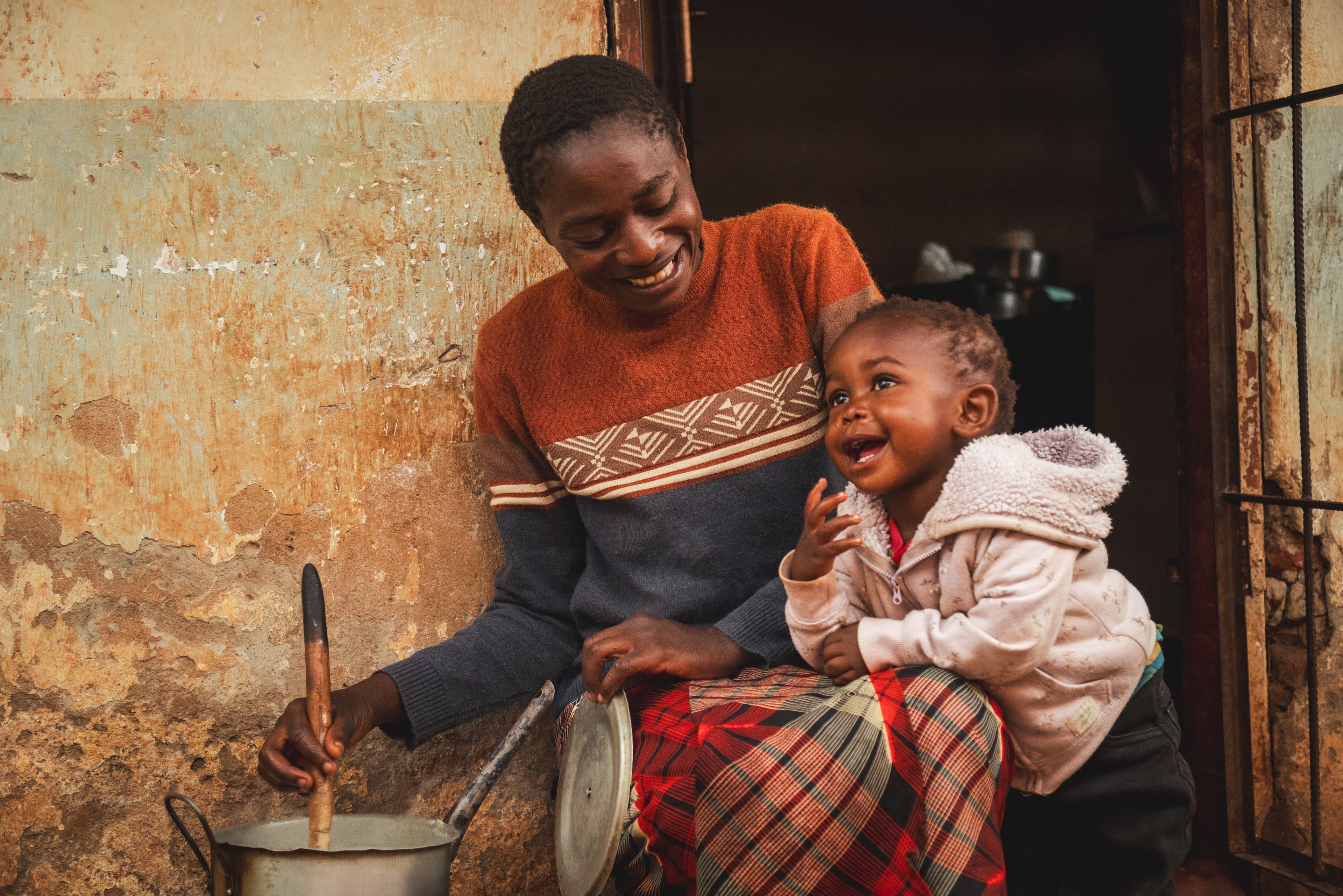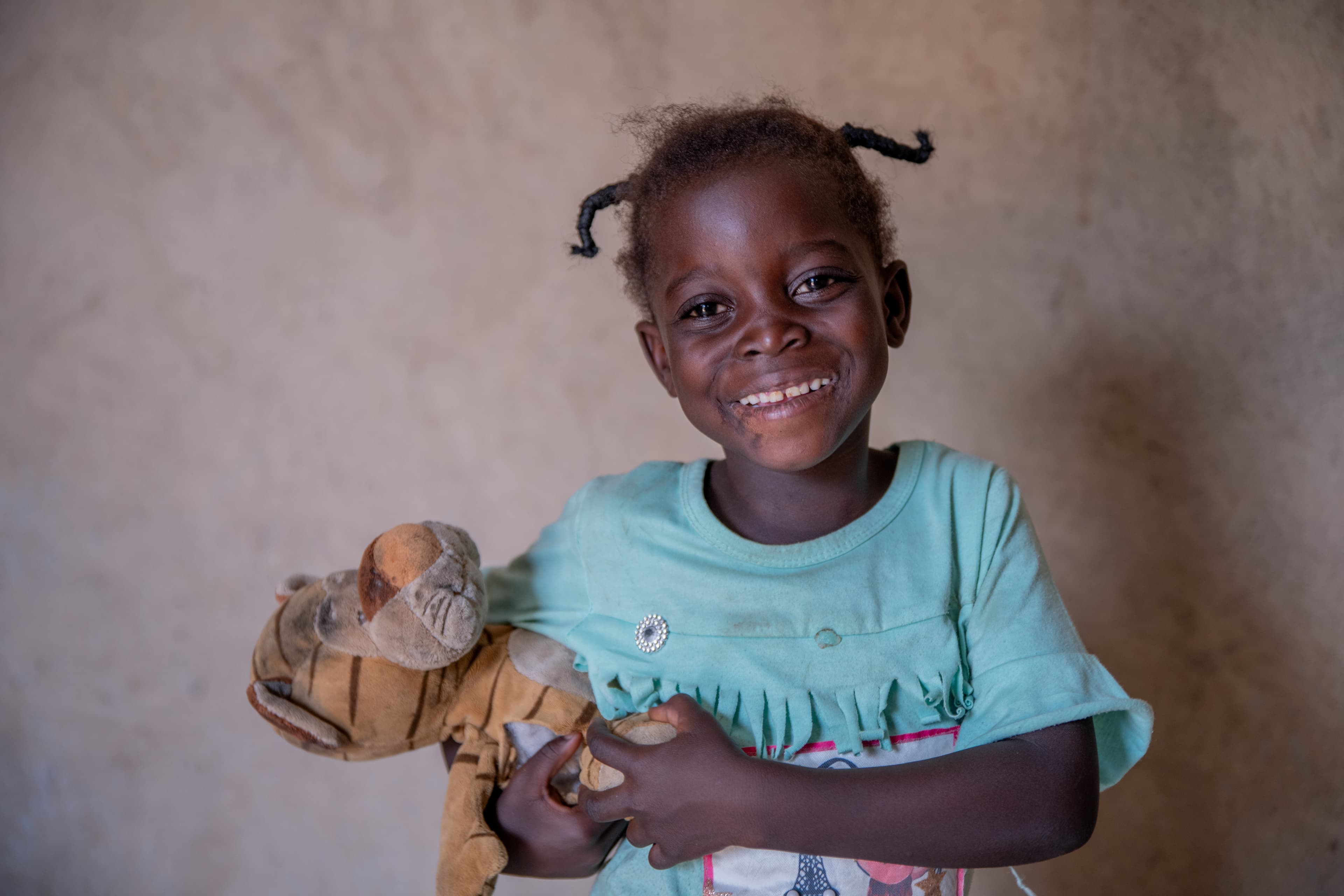Generational poverty refers to when poverty becomes a family pattern for at least two generations.
There are many causes of generational poverty, including a lack of income, limited job opportunities and even natural disasters.
Compassion fights generational poverty by providing children with consistent care for every way poverty impacts their lives.
What does it mean to live in poverty? For many families and children around the world, it means surviving on less than $3.00 per day. However, poverty isn’t defined solely by income.
It’s being sick and unable to see a doctor. It’s having a growling belly without food to fill it. It’s dreaming of a brighter future without the ability to attend school. It’s being overwhelmed by hopelessness, wondering if life will ever get better.
In other words, poverty means being overwhelmed by need in all areas of life. And sadly, for many families, poverty is a cycle that feels impossible to break.
What Is Generational Poverty?
Generational poverty refers to this cycle, where poverty becomes a family pattern for at least two generations. And in many cases, it spans multiple generations.
Unlike situational poverty, where a family experiences poverty for a brief period due to a crisis, generational poverty is lasting and systemic. Those affected by it lack the means to change their situation for themselves or their children, making poverty intergenerational — affecting them, their kids and those after them.
What Causes Generational Poverty?
Generational poverty doesn’t happen overnight. It builds over time and is the product of many factors.
Lack of income: Many families lack a livable wage. As mentioned above, impoverished families must make do with less than $3.00 a day. This is far from enough for necessities like food, let alone what’s needed to change their circumstances, such as education.
Lack of education: Education is how people acquire the skills needed to pursue a profession. If education isn’t available or unaffordable, those in poverty can’t get the knowledge and training they need to provide for themselves or their families.
Limited job opportunities: Some impoverished communities lack the infrastructure needed for economic development, which can result in fewer job opportunities. Without jobs or the resources required to move for work, families struggle to provide.
Natural disasters: Natural disasters like earthquakes, typhoons and floods rob families living in poverty of what little they do have, making recovery difficult and advancement near impossible, feeding generational poverty.
Inadequate medical care: A lack of access to proper healthcare keeps the impoverished sick. This keeps children from learning, which impacts their education and future work opportunities. It also prevents parents from working, hurting their ability to provide for their families.
How Is Compassion Helping Children Break the Cycle of Poverty?
Many children living in poverty are impacted by all the above factors that cause generational poverty. That’s why, to break the cycle, children need care for all the ways poverty impacts their lives. They need spiritual, physical, emotional and mental support to leave poverty behind.
That’s exactly what we provide at Compassion. Through the local church and our child sponsorship program, we provide the consistent care children need to reach their full potential.
This includes meeting their right-now needs, such as nutrition, medical care and knowing God’s love, and preparing them for the future by offering education and mentorship.
With this care, children become thriving followers of Jesus, empowered to overcome poverty and help others do the same. By changing one child’s life, we can change their family, community and nation, breaking the cycle of poverty over time.

